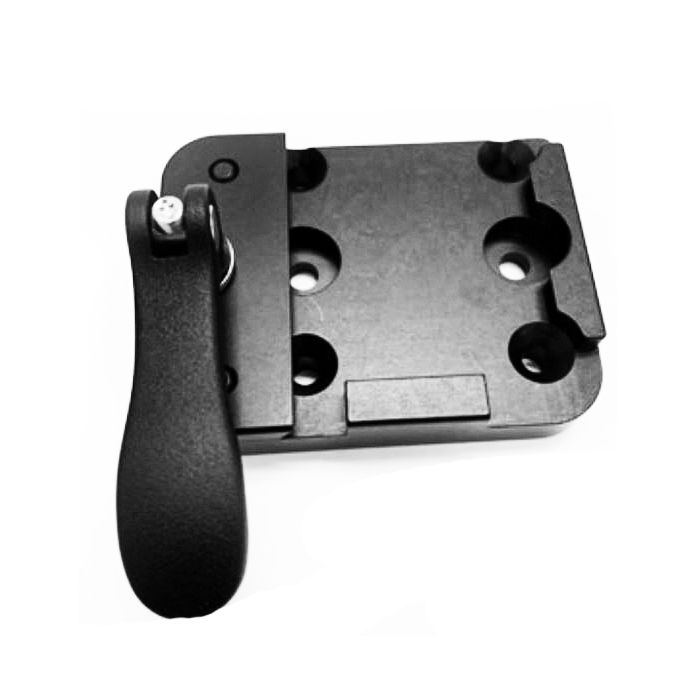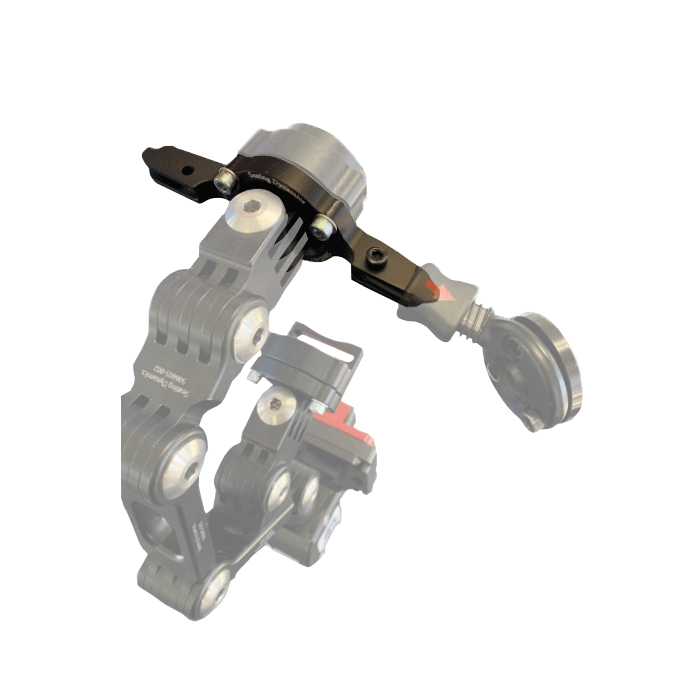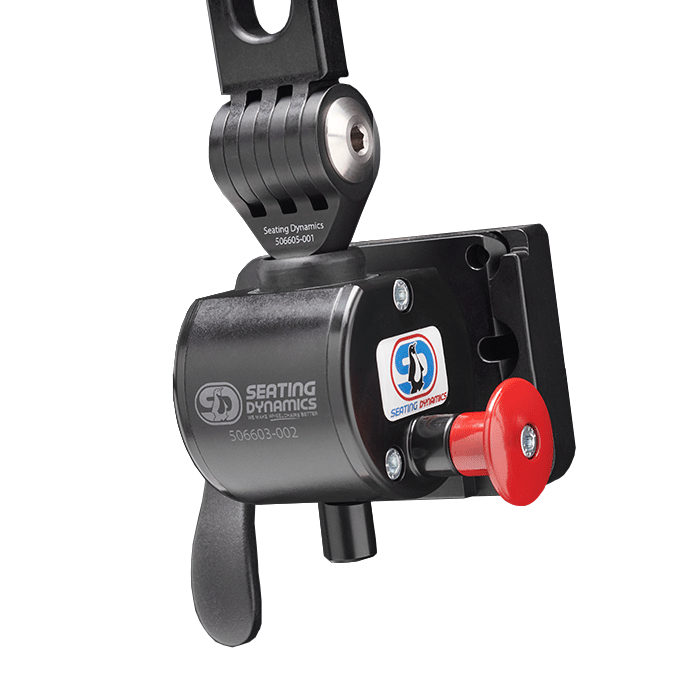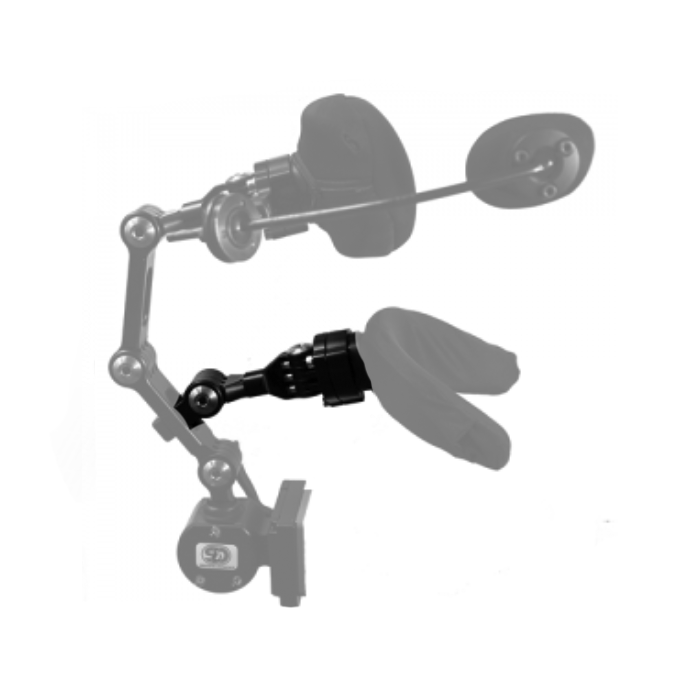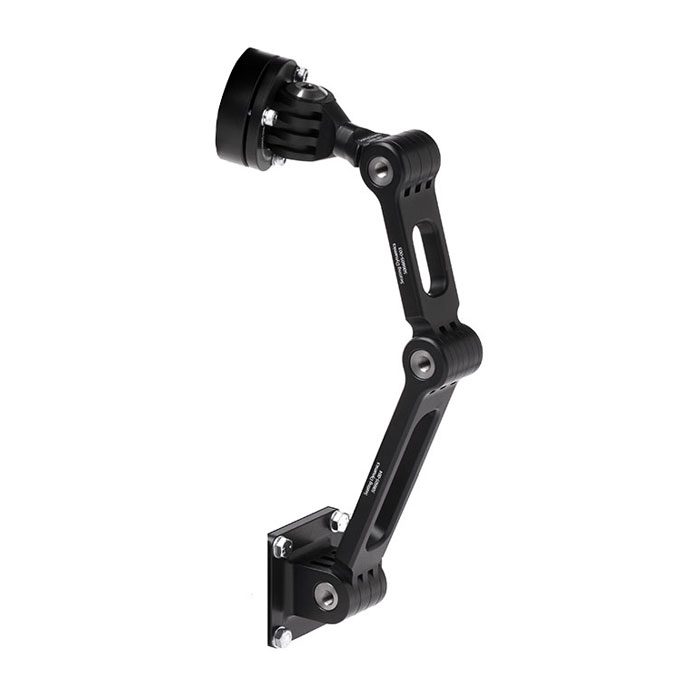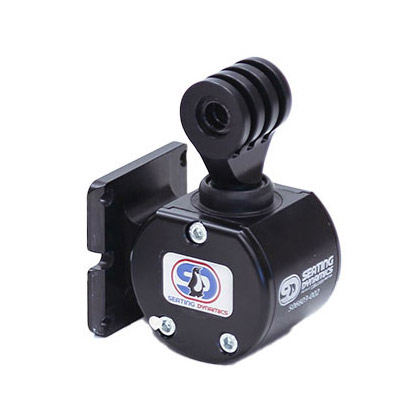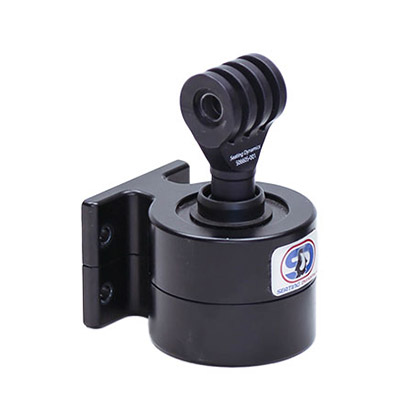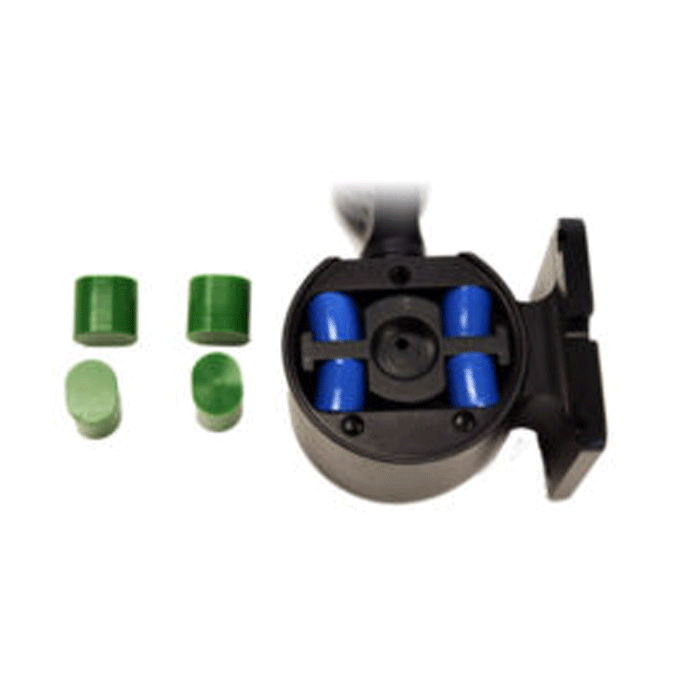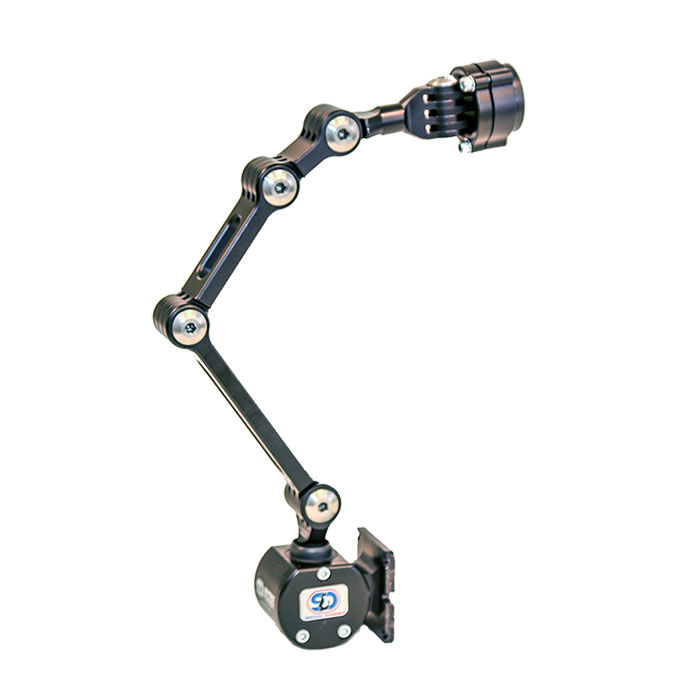An Interview with Mala Aaronson, OT, ATP, CRTS

Mala Aaronson, OT, ATP, CRTS
Michelle L. Lange, OTR/L, ABDA, ATP/SMS
Mala Aaronson graduated from college with a degree in Occupational Therapy about the same time I did, just on the opposite coast. She is an amazing seating and mobility specialist working for National Seating & Mobility in Natick, MA. Mala took time out of her busy schedule to talk with me about Dynamic Seating.
How long have you been in the field? How did you get started?
After graduation, Mala remained in the setting where she interned – a brain injury program for children and adults. OTs were not viewed as seating specialists at that time, so her initial interest resulted in more than a few raised eyebrows. She actually hung out with the maintenance guys to learn more about wheelchairs. Eventually she started a seating and mobility clinic with a colleague and later joined a supplier.
How long have you been working with Dynamic Seating?
Mala has worked with Dynamic Seating before it was commercially available. She and her team tried whatever worked, such as placing foam blocks between the foot plate and shoeholder to provide some movement. Once commercial options became available, she started using those.
What client needs led you to seek out Dynamic Seating?
Initially, Mala was searching for solutions to address repeated equipment breakage. Over time, she also began to use Dynamic Seating to help clients maintain their posture in their seating systems. When a client moves or extends within a static seating system, their body moves out of alignment with the support surfaces, resulting in shear and loss of posture as well as pressure and pain.
What goals are you addressing with Dynamic Seating now?
That, of course, depends on the client. Mala continues to use Dynamic Seating to protect equipment, though she notes that equipment is more durable than it used to be. She also uses this intervention to allow movement. As Mala states, “I feel like everybody should move.” Movement is key to relieving pain, particularly in the hips, knees, and back. Joint movement has many health benefits such as increasing circulation, maintaining range of motion, bowel and bladder function, and reducing stiffness. Movement can also help to reduce extensor tone and allow more isolated and functional movement.
“I feel like everybody should move.”
Do you have any difficulty obtaining funding for Dynamic Seating?
Mala has been successful in getting these components funded with strong justifications that emphasize how Dynamic Seating can be preventative, results in cost savings, and provides many health benefits. She also emphasizes what the implications of NOT receiving this intervention would be.
In what areas do you feel Dynamic Seating can improve?
Mala has found that some Dynamic Seating components have not met her expectations due to design issues – lack of durability and pivot points which are not in the optimal location to respond to client forces. The design needs to capture individual size and movements. She would also like to see more lightweight dynamic back options for ultralight manual wheelchairs.
Do you have any other thoughts?
Many caregivers have asked Mala for seating components that can keep the client’s pelvis back in the seating system. Some of these requests include items such as groin straps and harnesses. To avoid any pressure in this sensitive area, Mala prefers to use an appropriately angled pelvic belt in combination with a Dynamic Back. The movement of the back maintains the position of the pelvis. She sometimes adds knee blocks to also maintain the position of the pelvis in conjunction with the Dynamic Back – the back movement reduces forces at the hips. All in all, Mala has found that less seating components may be required when used with Dynamic Seating.
It was so fun to speak with Mala and share years of seating experiences! Keep up the great work!

